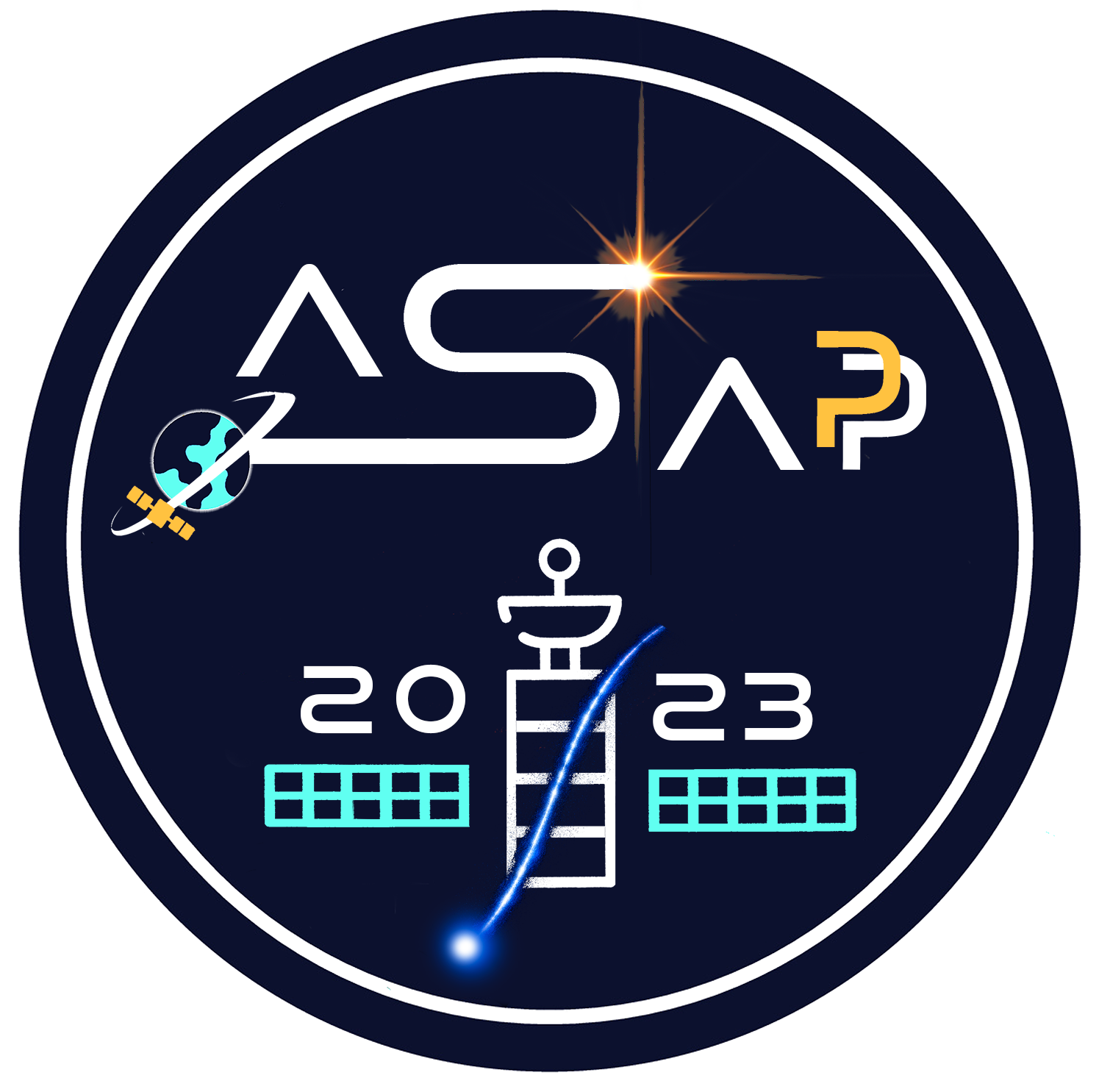Speaker
Description
The GAPS experiment is designed to conduct a dark matter search by measuring low-energy cosmic-ray antinuclei with a novel detection approach. For the case of antiprotons, a high-statistics measurement in the unexplored low-energy range will be conducted. In contrast, not a single cosmic antideuteron has been detected by any experiment thus far. However, well-motivated theories beyond the standard model of particle physics contain viable dark matter candidates, which could significantly enhance the antideuteron flux due to the annihilation or decay of dark matter particles. This flux contribution is predicted to be especially large at low energies, leading to a high discovery potential for GAPS and making the antideuteron search essentially background free because the theoretically predicted antideuteron flux resulting from secondary interactions of cosmic rays with the interstellar gas is very low. Furthermore, the search for low-energy antihelium-3 and antihelium-4 promises an even lower secondary background and can also be performed with GAPS. The experiment is designed to achieve its goals via a series of long-duration balloon flights at high altitude in Antarctica. The GAPS team is currently performing system testing in preparation for the first flight by the end of 2023. The presentation will briefly review the theoretical status, introduce the GAPS experiment and its capabilities, and report the construction and instrument performance status.
| Eligibility for "Best presentation for young researcher" prize | No |
|---|
